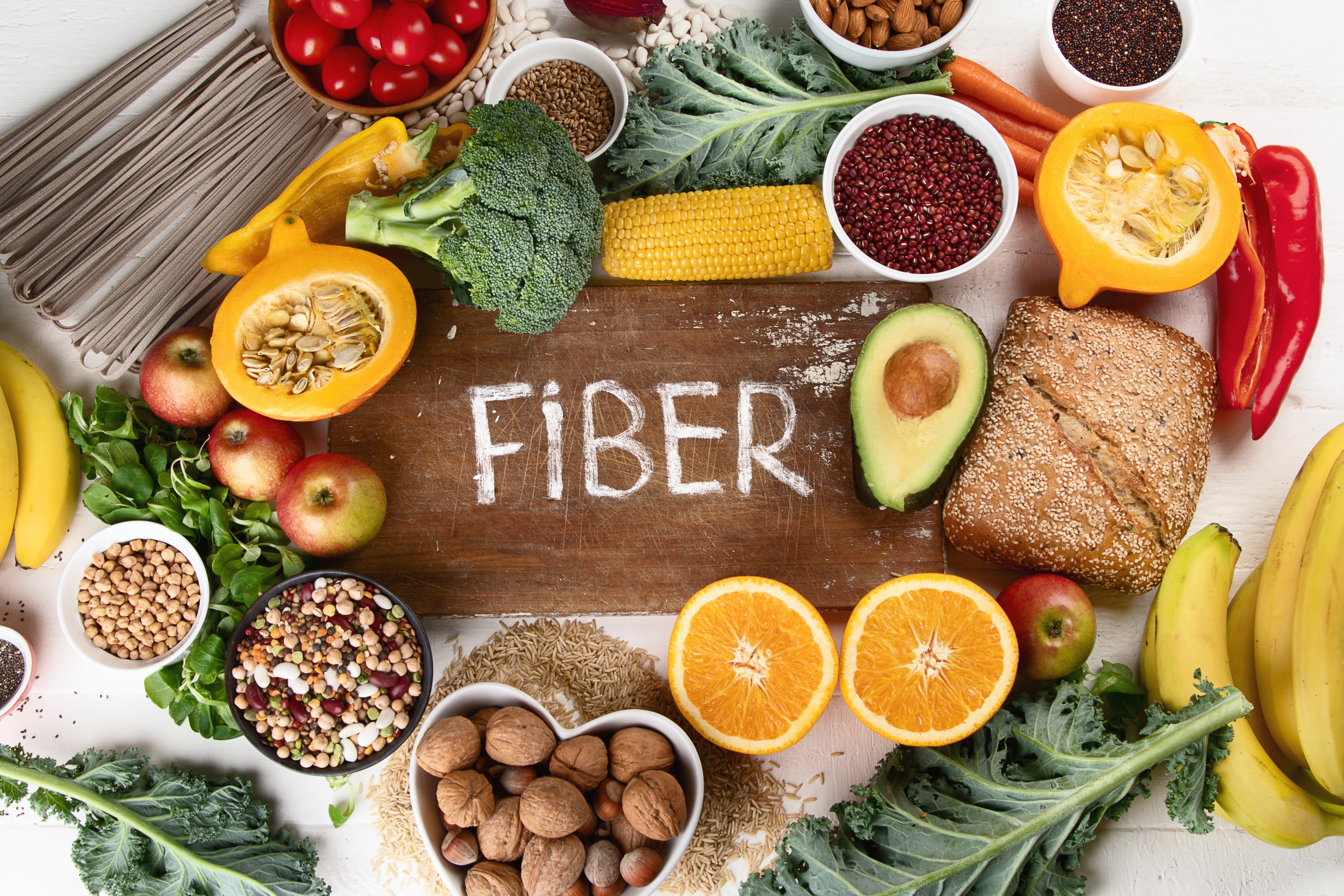The gut microbiome and resistant starches
Resistant starch comes in five types, and it resists degradation by human digestive enzymes until reaching the gut. When in the gut, it acts as a substrate for certain gut microbes to produce short-chain fatty acids, and multiple microbes may work together to create the fatty acids. This study focused on resistant starch which is a category of dietary fiber found within foods like green bananas, potatoes, brown rice, whole grain pasta, bread, and cereals.
The researchers were able to identify the gut microbe species that change in response to two different resistant starches, finding evidence that each person may have a unique response to resistant starch. Some people may benefit from the interaction while others may have little or no effect, and the reason for the variation appears to be linked to both the level of diversity and composition of their gut microbiome.
“Precision nutrition definitely has a use in determining what dietary fiber we should tell people to eat,” said Angela Poole, assistant professor of molecular nutrition in the College of Agriculture and Life Sciences and senior author of the study. “This is critical because we’ve had public messaging advising people to eat more dietary fiber for decades,” Poole said. “At the same time, less than 10% of people eat the recommended intake. Since there are many different types of dietary fiber and carbohydrates, a better strategy would be to collect data on each person and tell them which dietary fiber they can eat to get the most bang for their buck.”
The study
For this study, three dietary treatments were tested on 59 participants for seven weeks. Three different crackers were manufactured, two had all of the same ingredients except for the starch, one contained naturally occurring resistant starch type 2 and the other contained man-made resistant starch 4, while the control third cracker was digestible by human enzymes.
Participants were split into groups: Group one consumed resistant starch type 2 crackers first which was followed by the control crackers and finished with resistant starch type 4 crackers. This was carried out for ten days, with five cracker-free days between the treatments. Group two consumed the crackers in the reverse order. The gut microbiome of each participant was sequenced before and after each treatment to examine differences.
What they found
The analysis revealed that for resistant starch type 2, more than 30 bacteria changed in abundance, including Ruminococcus bromii, which is considered a keystone resistant starch degrader in the human gut. For resistant starch type 4, more than 20 bacteria changed. However, nothing changed in the control group.
Each resistant starch type changed different short-chain fatty acids, with variable levels of fatty acid increasing and decreasing based on the individual. For resistant starch type 2, a subset of 13 bacteria was identified that predicted change in amounts of propionate, a type of short-chain fatty acid. Also, for resistant starch 2, by knowing the diversity of an individual’s gut microbiome, the researchers could roughly predict if acetate and butyrate short-chain fatty acids were going to increase. Surprisingly, consuming the control digestible cracker led to the greatest gains in short-chain fatty acids.
“For the resistant starch crackers, we could detect that 20 or 30 of them were changing, but how much they changed and whether they changed at all, for each of those bacteria, depended on the person,” Poole said.
More research needed
While more research is required to understand why, Poole suspects that the order of cracker consumption was key to the result. Since many microbes are involved in making short-chain fatty acids, she hypothesizes that eating a resistant starch first primed the gut to produce the fatty acids when that person ate the digestible starch.
“That’s one of the major takeaways, maybe I can get away with eating a French baguette some of the time, and it may be better than just eating whole grain all the time,” Poole said. “But I have to test that, and it probably varies between people.”
As with anything you read on the internet, this article should not be construed as medical advice; please talk to your doctor or primary care provider before changing your wellness routine. This article is not intended to provide a medical diagnosis, recommendation, treatment, or endorsement. Additionally, it is not intended to malign any religion, ethic group, club, organization, company, individual, or anyone or anything. These statements have not been evaluated by the Food and Drug Administration.
Content may be edited for style and length.
References/Sources/Materials provided by:
https://news.cornell.edu/stories/2024/06/impact-dietary-fiber-varies-person-person




